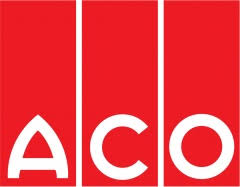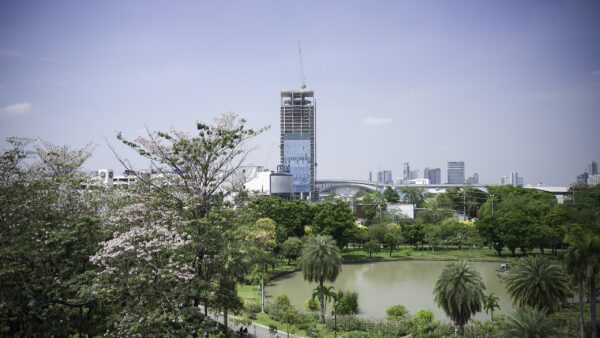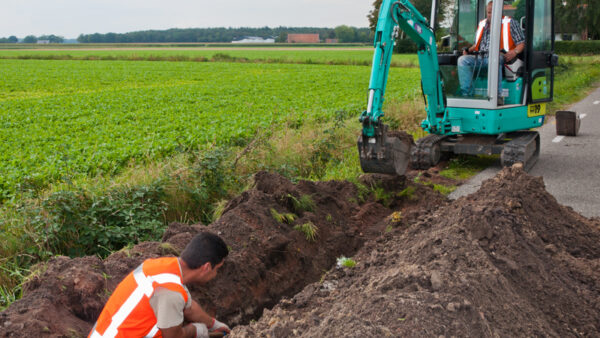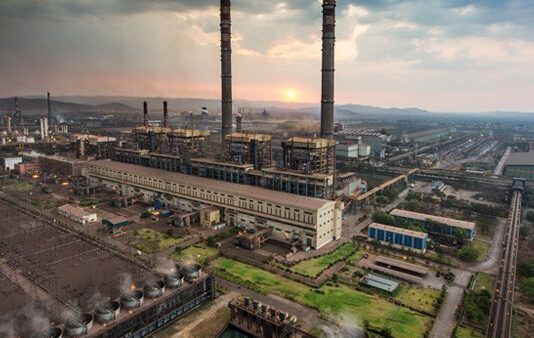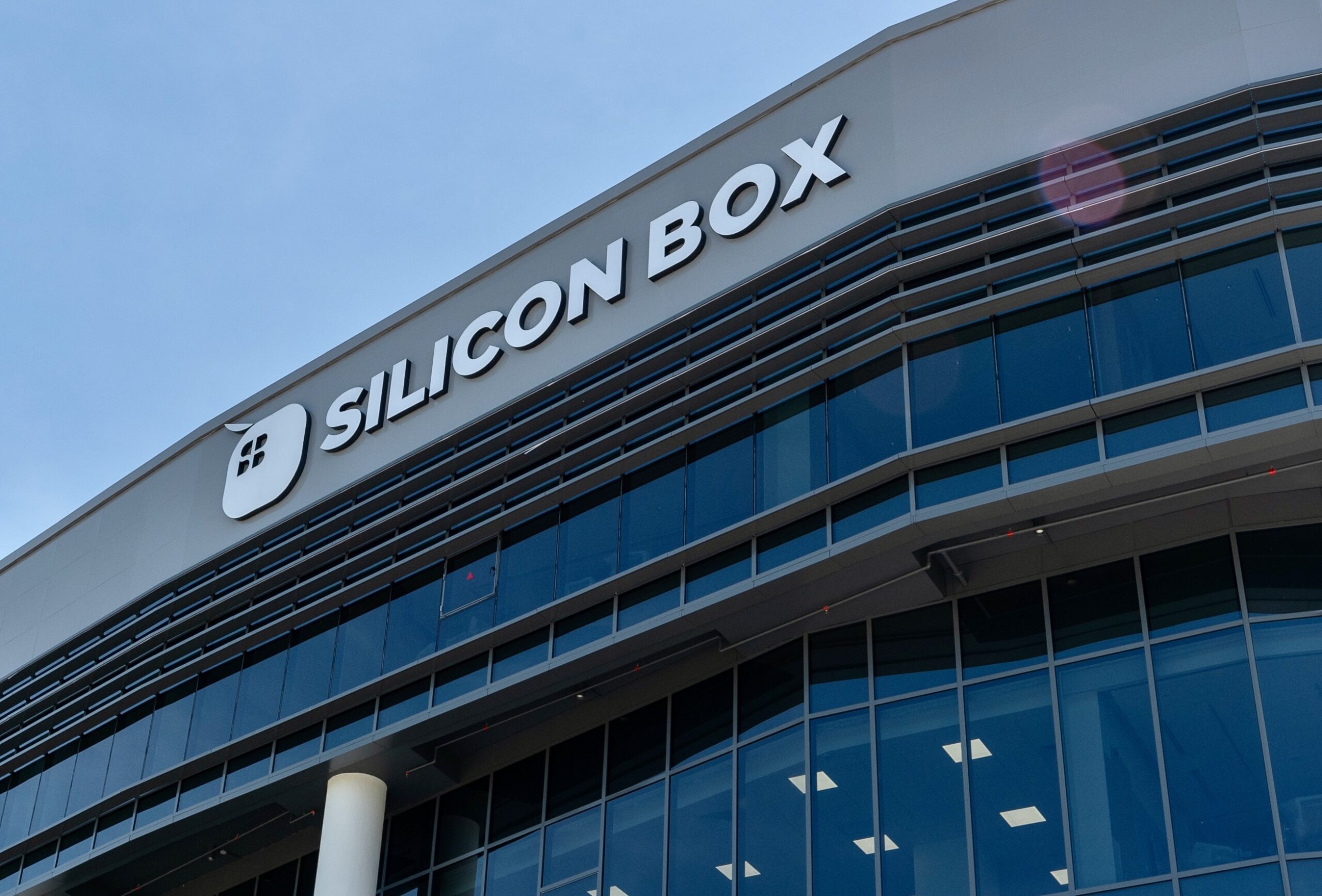
Canadian designer and engineer Stantec and German consultancy Drees & Sommer have been selected to help design Silicon Box’s new €3.2bn semiconductor assembly and test plant in Italy.
Singapore’s Silicon Box makes packaged semiconductors, integrating multiple chips, often with different functions, into a multi-chip module, or a “chiplet”. It offers improved performance and energy efficiency.
It’s the company’s first plant outside Singapore. Italy has agreed to grant the company €1.3bn toward the plant’s cost. The European Commission approved the grant in December, saying it complied with EU state aid rules.
In return, the company agreed to help develop the next generation of advanced packaging technologies in the EU and increase the pool of skilled workers.
Stantec will provide architecture for the administration areas and infrastructure design including overall permitting services.
Drees & Sommer will provide architecture, industrial, structural, and mechanical/electrical engineering, as well as clean-room and dry-room design services for the production and central utility buildings.
Opening in 2028
The new plant near Novara, Piedmont is expected to start production in 2028, creating around 1,600 jobs.
Silicon Box’s head of business Mike Han said they picked Stantec for its expertise in building cutting-edge manufacturing facilities.
He said both companies’ extensive global portfolios gave Silicon Box “confidence to align with the expectations of Europe and the Italian central and local governments”.
“Our recent kick-off workshop has set a strong foundation for the design phase, and we look forward to execution,” he added.
Stantec’s executive vice president Leonard Castro said: “The global market is looking for a more secure and robust electronics supply chain. Silicon Box’s expansion into Italy is a significant catalyst to this growing ecosystem in Europe.”
Frank Silber, partner at Drees & Sommer partner Frank Silber added that semiconductor plants had to be designed and built quickly to keep up with rising demand.
- Subscribe here to get stories about construction around the world in your inbox three times a week




